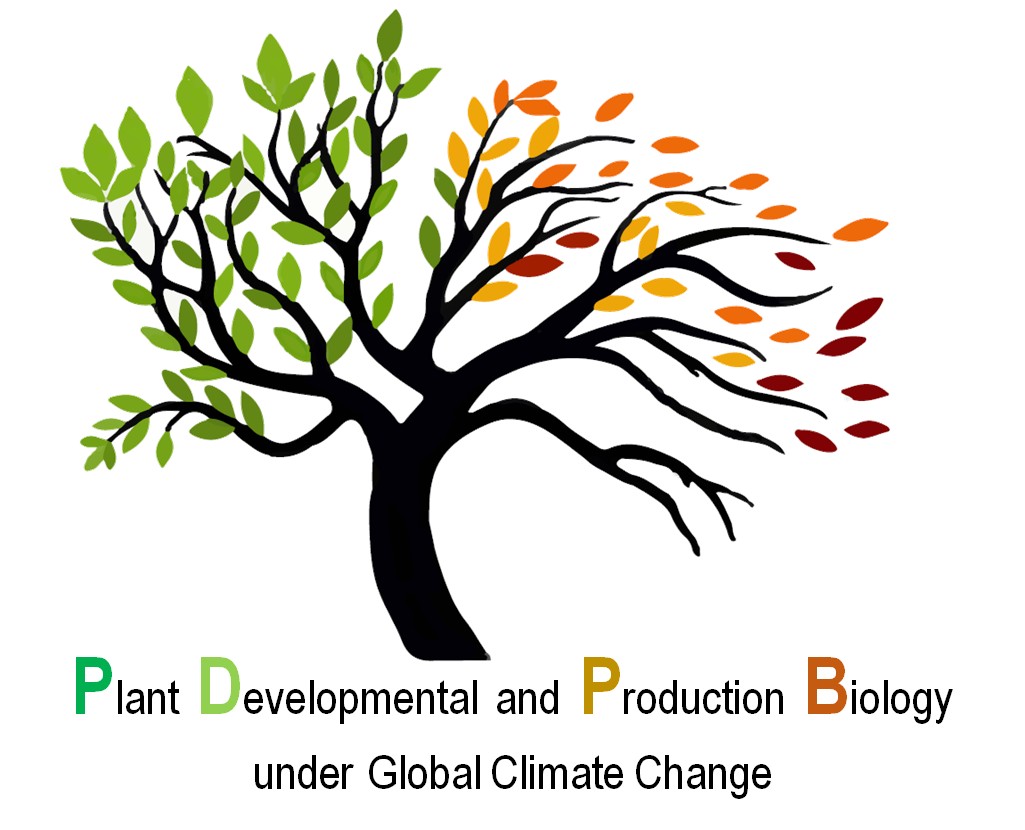| |
|
Metabolomic response of Quercus variabilis during Phytophthora cinnamomi infection.
|
| |
|
Iñigo Saiz-Fernández [a], Biljana Đorđević [b], Pavel Kerchev [a], Martin Černý[a], Thomas Jung [b], Marília Horta Jung [b]
|
| |
|
|
| |
|
[a] Phytophthora Research Centre, Department of Molecular Biology and Radiobiology, Faculty of AgriSciences, Mendel University in Brno, Zemědělská 1, 613 00 Brno, Czech Republic
[b] Phytophthora Research Centre, Department of Forest Protection and Wildlife Management, Faculty of Forestry and Wood Technology, Mendel University in Brno, Zemědělská 1, 613 00 Brno, Czech Republic
|
| |
|
|
| |
|
Quercus variabilis, one of the major tree species in warm-temperate deciduous broad-leaved forests and subtropical evergreen broad-leaved forests, is tolerant to the infection of Phytophthora cinnamomi, an aggressive soilborne root pathogen of woody species which causes rot of fine feeder roots. P. cinnamomi zoospores attack the fast-growing areas of fine roots and, afterwards, the mycelium rapidly develops in the cortical cells, phloem and xylem of the infected roots.
The chances of survival will depend on plant defense mechanisms, which consist on physical barriers and chemical defenses. The latter include not only enzymatic defenses and de novo synthesis of defense-related secondary metabolites, but also the synthesis and redistribution of primary metabolites. This work focuses on the changes that plant metabolome undergoes during the first 36 hours of Phytophthora attack, with the aim of better understanding plant-pathogen interactions at a molecular level.
The changes observed in Q. variabilis root metabolome during P. cinnamomi infection can be grouped in two stages. The early phase (4 to 10 hours after inoculation) is highlighted by an increase in sugars, which is provably driven by the pathogen hijacking plant primary metabolism to feed himself. The second stage (16 to 36 hours) showcases a decrease in sugars and most amino acids, probably as consequence of the host blocking the transport of photoassimilates to the pathogen. In the future, this study will be repeated in Quercus suber, a highly susceptible species, which will help us understand the key metabolic traits that define tolerance to P. cinnamomi.
|
| |
|
|
| |
|
This work was supported by the project CZ.02.1.01/0.0/0.0/15_003/0000453. |
|

